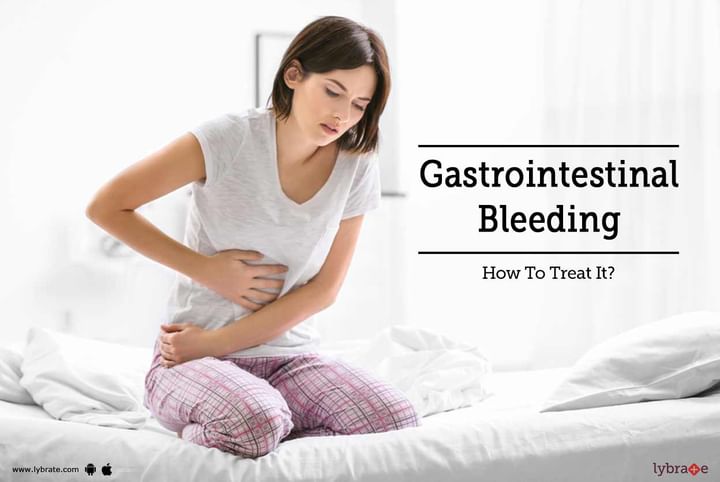Gastrointestinal Bleeding - How To Treat It?
Gastrointestinal bleeding, as the name suggests, is characterized by bleeding in the gastrointestinal (GI) tract and its accessory organs (esophagus, stomach, colon, small intestine, rectum, and anus). The bleeding also referred to as gastrointestinal hemorrhage, is not a disease in itself. However, it may be an indication of a disease, injury or infection in the digestive tract of a person. The bleeding in the GI tract may be mild to chronic (often fatal), depending on the severity of the condition that triggers the bleeding.
What causes the gastrointestinal bleeding?
As stated, the gastrointestinal bleeding may be indicative of some digestive tract disorder. Some of the common conditions that may trigger the bleeding include
- Tumors that are malignant in nature.
- Hemorrhoids (a painful condition where veins around the anus, as well as the lower part of the rectum, swell up)
- Peptic ulcers.
- Diverticulosis (formation of diverticula or pouches in the walls of the large intestine).
- Inflammatory bowel disorder.
- Colon polyps (a small mass of cells that develop on the inner lining of the large intestine or colon).
- There may be problems in the blood vessels (in the digestive tract).
- Anal fissures.
- Esophageal varices (the veins of the stomach or esophagus swell up due to a liver disorder, such as cirrhosis).
- Angiodysplasia (it is a minute vascular malformation that takes place in the gut).
- There may be an inflammation of the gastrointestinal lining.
Symptoms:
The appearance of blood in the stool and vomit is one of the characteristic symptoms of the gastrointestinal bleeding. Other symptoms indicative of a bleeding include
- Weakness and fatigue.
- The stool appears black and tarry.
- A person may complain of uneasiness and shortness of breath.
- The skin appears pale. In some cases, prolonged bleeding that goes unattended may result in anemia.
- Abdominal pain.
- The stool may also appear maroon or bright red (often in the case of bleeding from the lower gastrointestinal part).
Consult a doctor at the earliest if the symptoms persist for more than a week.Timely medical assistance can help to minimize the extent of the damage.
Diagnosis and treatment:
Gastrointestinal bleeding in the colon or the stomach is easy to diagnose. However, the diagnosis of the bleeding that occurs in the small intestine may be tricky and often requires the use of advanced and sophisticated equipment. The diagnosis is often done by
- Physical examination.
- Liver function tests.
- Complete blood count.
- Endoscopy, colonoscopy, and sigmoidoscopy.
Treatment:
- Endoscopic injections (often diluted epinephrine) at the bleeding site provides great relief.
- To close or clamp off a bleeding blood vessel, doctors may use Endoscopic clips.
- Endoscopic intravariceal cyanoacrylate injection is used to treat varices in the stomach effectively.
- There are medications available to treat GI bleeding triggered by ulcers.
- In the case of an acute bleeding, a person may need surgery (Laparoscopy).
In case you have a concern or query you can always consult an expert & get answers to your questions!



+1.svg)
